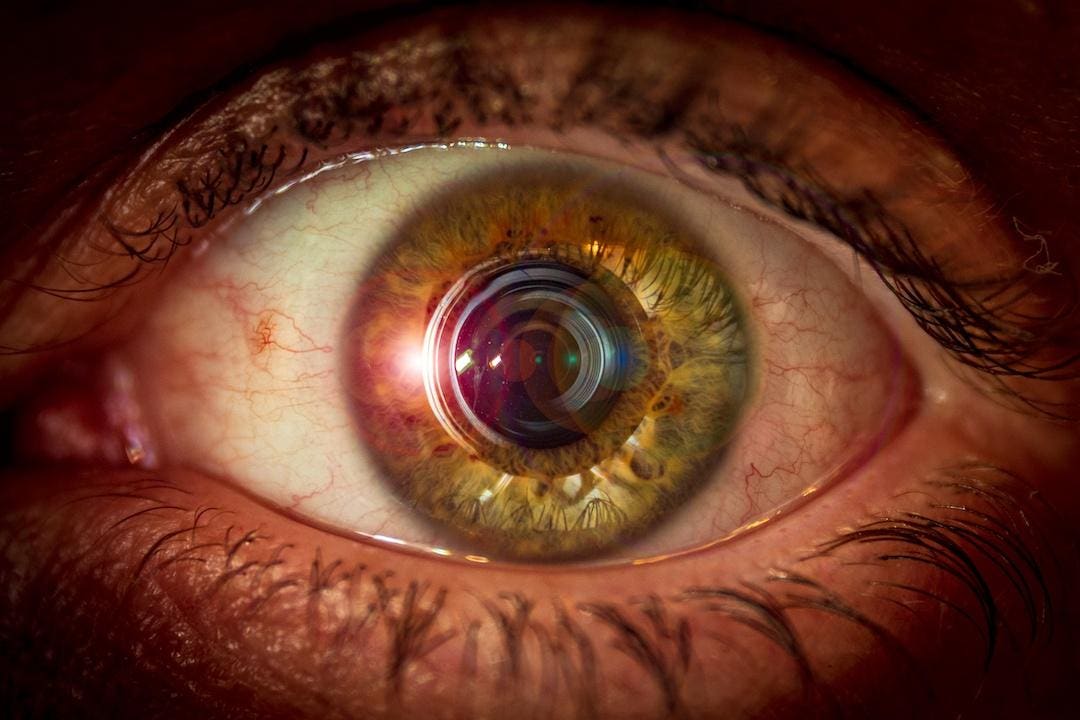This story is part of a series on the current progression in Regenerative Medicine. This piece is part of a series dedicated to the eye and improvements in restoring vision.
In 1999, I defined regenerative medicine as the collection of interventions that restore tissues and organs damaged by disease, injured by trauma, or worn by time to normal function. I include a full spectrum of chemical, gene, and protein-based medicines, cell-based therapies, and biomechanical interventions that achieve that goal.
Uveitis is characterized by inflammation of the uvea, the eye’s middle layer. It can occur due to various factors, including infections, autoimmune disorders, and trauma. Uveitis can be categorized as infectious or noninfectious, depending on the underlying cause. Infectious uveitis stems from pathogens like viruses, bacteria, or fungi. In contrast, noninfectious uveitis is caused by autoimmune disorders or other noninfectious factors.
A Common Treatment Approach: Corticosteroids
When treating noninfectious uveitis, corticosteroids are often used as the primary medication. These drugs help reduce the release of inflammatory chemicals that cause the condition. Still, they can also disrupt the immune system, causing side effects like cataracts, glaucoma, and an increased risk of infections.
To mitigate these risks, other medications are often combined with corticosteroids to lower the dosage and duration of treatment. For instance, immunosuppressive drugs may be used to reduce the activity of the immune system, thereby reducing the inflammation caused by the condition. Additionally, nonsteroidal anti-inflammatory drugs (NSAIDs) may be used to relieve pain and inflammation.
New Pharmacological Strategies for Uveitis
Recent advances in pharmacological strategies have led to new treatments targeting the molecules responsible for inflammation.
Biological agents are particularly effective in treating noninfectious uveitis. These agents target specific molecules involved in the inflammatory process, reducing the overall inflammatory response. Some biological agents to treat noninfectious uveitis include tumor necrosis factor (TNF) inhibitors, interleukin (IL)-6 inhibitors, and IL-1 inhibitors.
TNF inhibitors block TNF’s activity, a molecule produced by immune cells that plays a vital role in the inflammatory response. Similarly, IL-6 and IL-1 inhibitors target IL-6 and IL-1, which are also involved in the inflammatory process. By specifically targeting these molecules, these biological agents can effectively reduce inflammation and improve the symptoms of noninfectious uveitis.
These agents have shown effectiveness in controlling inflammation and reducing corticosteroid dependency. However, they can be expensive and carry potential side effects, including an elevated risk of infection and malignancy.
Immunosuppressants as an Option
Noninfectious uveitis can be managed using different types of medication. These include corticosteroids, biologic agents, and immunosuppressants like methotrexate and mycophenolate mofetil. These medications suppress the immune system and are often used with corticosteroids to reduce their dosage.
Methotrexate and mycophenolate mofetil have been proven effective in controlling inflammation. However, it’s essential to consider their potential side effects, such as liver toxicity and increased susceptibility to infections.
Surgical Treatment and Laser Therapy for Uveitis
Surgery can be used for both diagnostic and therapeutic purposes. For instance, if uveitis leads to the formation of cataracts, surgery may be necessary to remove them. Similarly, suppose fluid buildup in the eye causes pressure. Surgery may be required to relieve this pressure and prevent further damage in that case.
Laser therapy is a focused treatment that can help with specific issues related to uveitis. This therapy can treat cystoid macular edema and neovascularization, two complications that can result from uveitis. In the case of cystoid macular edema, laser therapy can reduce swelling and fluid leakage in the macula, an integral part of the retina responsible for central vision. Laser therapy can also prevent the growth of abnormal blood vessels in the eye that can cause bleeding or scarring.
Choosing a Treatment and Future Options
When it comes to treating uveitis, there are several factors to consider, such as the root cause of the inflammation, the severity of the condition, and the overall health status of the patient. Sometimes, a combination of treatments may be necessary to achieve the best possible outcome. The primary goals of uveitis treatment are to preserve vision, manage inflammation, and minimize any side effects associated with therapy.
To avoid the long-term side effects of commonly used corticosteroids in treating uveitis, alternative medications like biological agents are becoming increasingly popular. These medications can help preserve vision while reducing the risk of side effects.
To learn more about the eye, read more stories at www.williamhaseltine.com
Read the full article here





